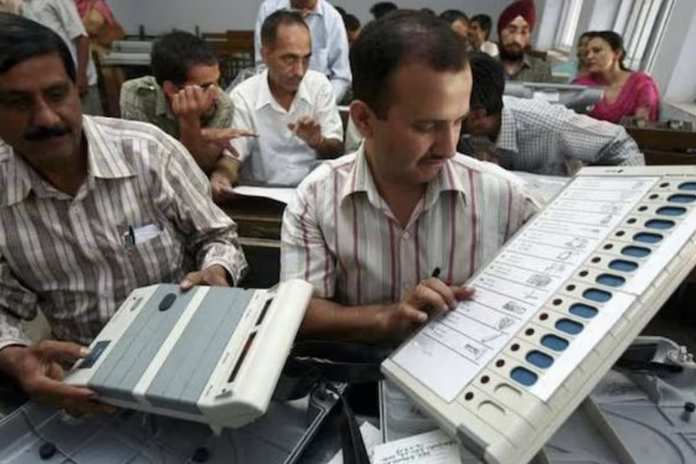Electronic Voting Machines boost integrity, participation in Indian elections
In India, a democratic giant with nearly 970 million registered voters across 543 parliamentary constituencies, the implementation of Electronic Voting Machines (EVMs) has transformed the electoral landscape, contributing to a safer and more efficient voting process.
Introduced experimentally in 1998 and fully implemented by 2001, EVMs have been credited with drastically reducing instances of electoral fraud and enhancing voter participation. This transition from paper ballots to electronic voting has addressed critical challenges such as booth capturing and ballot stuffing, practices once common in the world’s largest democracy.
The phased rollout of the EVMs in state assembly elections in India has allowed the Election Commission of India to determine the causal impact of EVMs on electoral fraud and democracy, with the introduction of EVMs not only curbing electoral malpractices but also bolstering the democratic process by ensuring fair representation of marginalised and vulnerable groups.
Significantly, EVMs are designed to register only five votes per minute, preventing the rapid, fraudulent voting that marred many previous elections. This feature alone has had a profound impact on the integrity of Indian elections.
Moreover, the technology has proved particularly beneficial for vulnerable voters, including the illiterate, handicapped, and elderly, who previously faced obstacles under the paper ballot system. EVMs ensure that their votes are counted accurately, without the errors and disputes that often occurred when votes were cast on paper.
As the world watches, India’s journey with EVMs highlights a broader narrative of how technology can empower citizens and strengthen democratic institutions, paving the way for more inclusive and representative governance.









